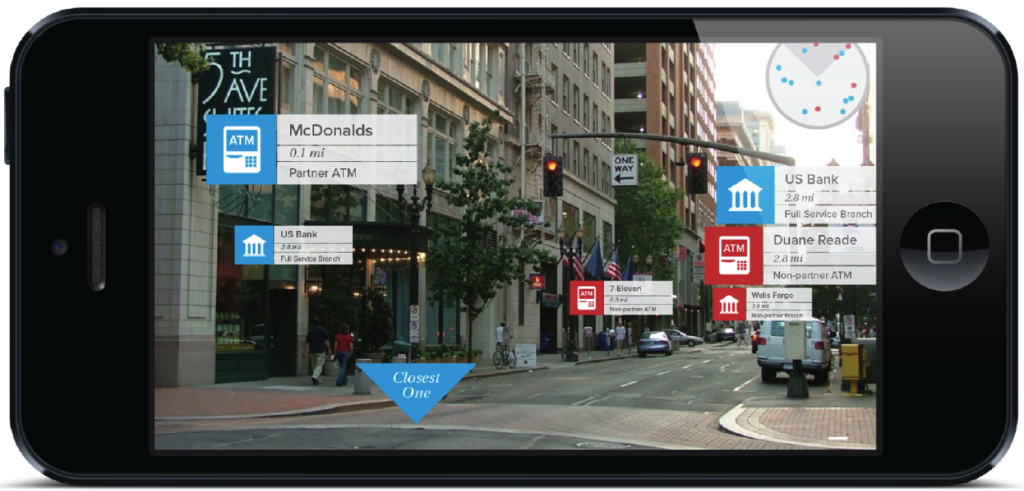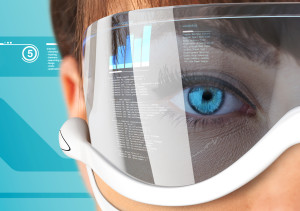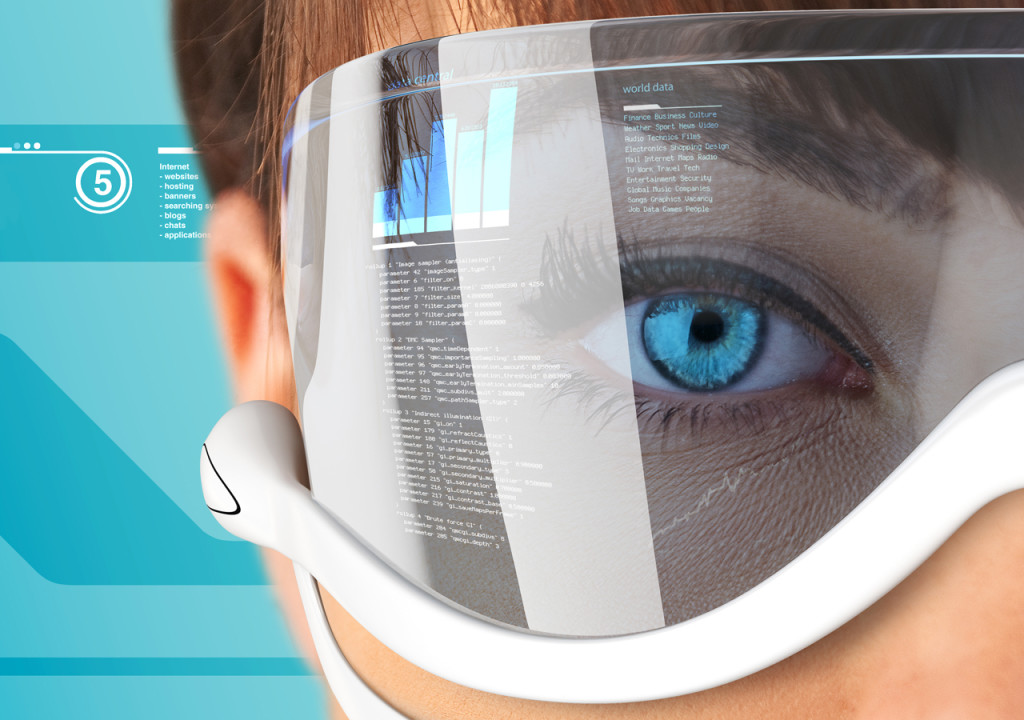Both augmented and virtual reality have existed for some decades – but the attention that they are getting from the market and the threat they are posing to the mainstream economy is now real.
Recognizing the difference between the two is necessary: Augmented reality is the blending of virtual reality and real life, as developers can create images within applications that blend in with contents in the real world. With AR, users are able to interact with virtual contents in the real world, and are able to distinguish between the two. Virtual reality is all about the creation of a virtual world that users can interact with. This virtual world should be designed in such a way that users would find it difficult to tell the difference from what is real and what is not. Furthermore, VR is usually achieved by the wearing of a VR helmet or goggles similar to the Oculus Rift. Both aim to immerse the user but in different ways.
Though augmented reality has been often mistaken, and overshadowed by its cousin, virtual reality, many technology experts claim AR will overshadow VR in the coming 5-10 years. A world where we view our watches on our wrists without wearing one, or a tablet in our hands without holding one, could soon exist. Most tech giants are deep into research on the field. Facebook, Samsung and Apple have all revealed that they are currently developing the technology; last year, Apple also purchased German AR firm Metaio, The acquisition comes a few months after Piper Jaffray senior research analyst Gene Munster said Apple has a small team exploring augmented reality technology.
That is not the only traction in the AR industry: Dozens of startups are staking claims, including Meta Co. and Daqri. Magic Leap Inc. has raised $1.37 billion from the likes of Google and Andreessen Horowitz, among the largest sums for a company that has yet to reveal its core product. Goldman Sachs has projected that AR and VR can rack up $80bn in hardware sales by 2025; as a comparison, that is the size of the PC industry today.

Why is AR projected to overshadow VR? WSJ puts it best: VR is to the PC what tablets and smartphones are to AR. “There will absolutely be a time in the future where AR is so ubiquitous that we can’t imagine our lives without it,” says Brian Mullins, chief executive of Daqri. Price, sizes, components, are all shifting towards triends favorable for the development of AR – sets as cheap as $1000 are being developed and physical barriers to development no longer exist. The only hurdle AR faces is the human – our ability to adapt to something dictating choices at us, rather than us thinking of them, visceral reactions on the fear of being monitored, the argument of a loss of humanity and other peripheral objections pose the only threat to the adaptability of such technology.
Times are interesting. With the formal public launch of the Oculus Rift, Playstation’s decision to work on VR, as well as a number of other announcements on the growth of VR make the race interesting. AR is sneaking up on us because, unlike the smartphone, its first customers and applications are for businesses. Few consumers have seen an AR system, and fewer still have tried several. At the moment VR is still a singular experience, but if it can offer ways to enhance real-world relationships by putting people from different geographic locations together in a virtual space where they can collaborate and share experiences, then more people will be likely to embrace it. AR on the other hand is more useful for collaborating in person in mixed reality, and that the ultimate result is to create one headset that does both equally well. It’s an interesting battle to see who will get there first.
Both augmented and virtual reality have existed for some decades – but the attention that they are getting from the market and the threat they are posing to the mainstream economy is now real.
Recognizing the difference between the two is necessary: Augmented reality is the blending of virtual reality and real life, as developers can create images within applications that blend in with contents in the real world. With AR, users are able to interact with virtual contents in the real world, and are able to distinguish between the two. Virtual reality is all about the creation of a virtual world that users can interact with. This virtual world should be designed in such a way that users would find it difficult to tell the difference from what is real and what is not. Furthermore, VR is usually achieved by the wearing of a VR helmet or goggles similar to the Oculus Rift. Both aim to immerse the user but in different ways.
Though augmented reality has been often mistaken, and overshadowed by its cousin, virtual reality, many technology experts claim AR will overshadow VR in the coming 5-10 years. A world where we view our watches on our wrists without wearing one, or a tablet in our hands without holding one, could soon exist. Most tech giants are deep into research on the field. Facebook, Samsung and Apple have all revealed that they are currently developing the technology; last year, Apple also purchased German AR firm Metaio, The acquisition comes a few months after Piper Jaffray senior research analyst Gene Munster said Apple has a small team exploring augmented reality technology.
That is not the only traction in the AR industry: Dozens of startups are staking claims, including Meta Co. and Daqri. Magic Leap Inc. has raised $1.37 billion from the likes of Google and Andreessen Horowitz, among the largest sums for a company that has yet to reveal its core product. Goldman Sachs has projected that AR and VR can rack up $80bn in hardware sales by 2025; as a comparison, that is the size of the PC industry today.

Why is AR projected to overshadow VR? WSJ puts it best: VR is to the PC what tablets and smartphones are to AR. “There will absolutely be a time in the future where AR is so ubiquitous that we can’t imagine our lives without it,” says Brian Mullins, chief executive of Daqri. Price, sizes, components, are all shifting towards triends favorable for the development of AR – sets as cheap as $1000 are being developed and physical barriers to development no longer exist. The only hurdle AR faces is the human – our ability to adapt to something dictating choices at us, rather than us thinking of them, visceral reactions on the fear of being monitored, the argument of a loss of humanity and other peripheral objections pose the only threat to the adaptability of such technology.
Times are interesting. With the formal public launch of the Oculus Rift, Playstation’s decision to work on VR, as well as a number of other announcements on the growth of VR make the race interesting. AR is sneaking up on us because, unlike the smartphone, its first customers and applications are for businesses. Few consumers have seen an AR system, and fewer still have tried several. At the moment VR is still a singular experience, but if it can offer ways to enhance real-world relationships by putting people from different geographic locations together in a virtual space where they can collaborate and share experiences, then more people will be likely to embrace it. AR on the other hand is more useful for collaborating in person in mixed reality, and that the ultimate result is to create one headset that does both equally well. It’s an interesting battle to see who will get there first.


